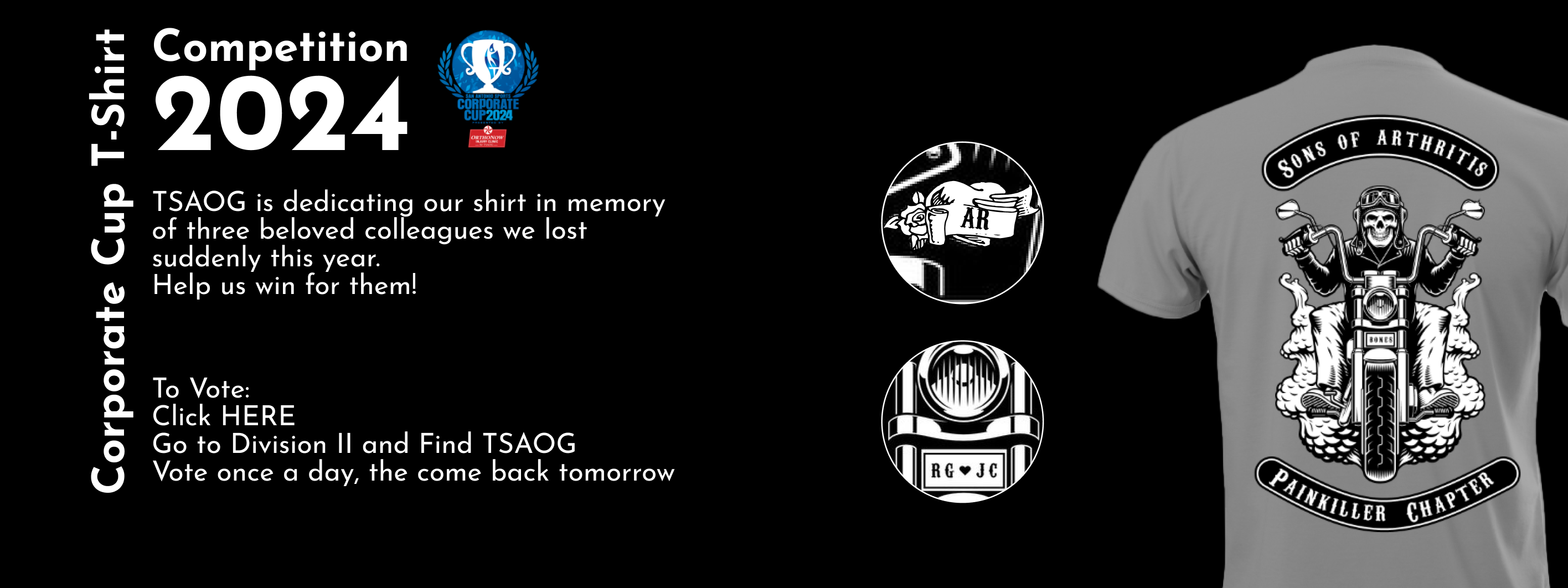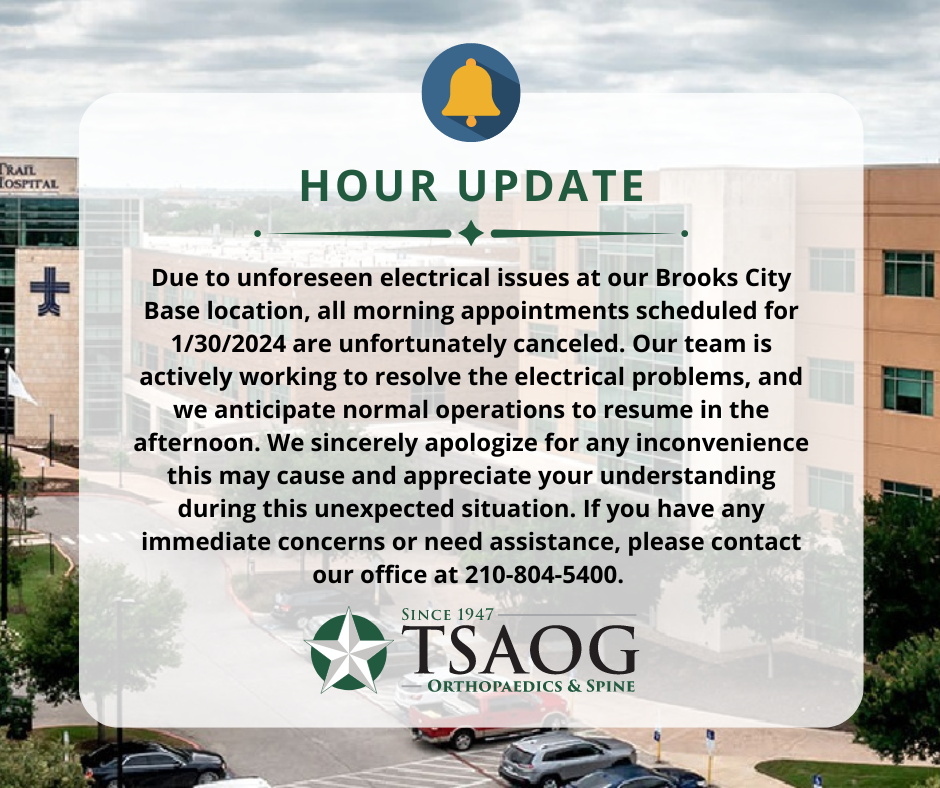Marcus Lattimore sustains a knee dislocation in this past weekend’s game.
Video courtesy of ESPN.
The term knee dislocation is not to be taken lightly. The clinical definition of a knee dislocation is injury to three of the four major ligaments surrounding the knee. The four major ligaments are the anterior cruciate ligament (ACL), the posterior cruciate ligament (PCL), the medial collateral ligament (MCL) and the fibular collateral ligament (FCL) occasionally called the lateral collateral ligament. Of course there are many more stabilizing structures of the knee including the separate bundles of the individual ligaments and the structures in the postero-medial and postero-lateral corners (PLC/PMC).
When knee dislocation is suspected, emergent evaluation by a physician is a must. There can be an injury to the nerves and blood vessels to the lower leg necessitating emergent surgical intervention. The energy required to cause a knee dislocation is very high and often times there are other associated injuries. An example would be a motor vehicle accident with direct forceful blow to the knee or significant twisting event. They can also be present in sports such as football or speeding down the hill and hitting a tree while skiing. An example of a knee dislocation happened this past weekend during the University of South Carolina vs University of Tennessee football game when highly regarded NFL prospect Marcus Lattimore sustained a knee dislocation.
Many of these ligament injuries are diagnosed using the clinical exam. However, x-rays are a must and a magnetic resonance imaging (MRI) study is needed as well. The x-rays provide information regarding the status of the bone in regards to any fractures, the position of the bones, and overall bone quality. An MRI on the other hand provides much greater detail in regards to the soft tissue structures such as the cartilage surfaces on the bones, the medial and lateral menisci, and the ligament and muscle condition surrounding the knee.
At times, the MRI will show that the MCL or FCL is intact and without an abnormality but clinically during the exam there is laxity to these ligaments. This is especially so in chronic cases. Stress x-rays with a manual force provided to the knee will then give objective evidence to any increased laxity as you compare the normal side to the injured side. These types of techniques can be of utmost importance to determine injuries to these areas of the knee.
Unfortunately, knee dislocations the vast majority of the time require surgical intervention. The type of reconstructive surgery required would depend on the severity and type of knee dislocation as well as associated knee injuries. Anatomical reconstruction would be the goal in most cases. The subtle injuries to the posterolateral corner can often be missed if a careful clinical and diagnostic workup is not performed which would set any reconstructive surgery of other ligaments up for failure if not recognized and dealt with. These injuries can be devastating and not only end the career of an athlete but if there are injuries to the blood vessels at the time of the injury they can at times even lead to loss of the limb. Thus, these injuries should be taken very seriously.
Dr. Christian Balldin is an orthopaedic surgeon, fellowship trained in sports medicine, with The San Antonio Orthopaedic Group. He treats patients aged 3 years and up for all orthopaedic conditions with the exception of the spine. To learn more about Dr. Balldin, visit his web page here. To schedule an appointment with Dr. Balldin, call 210.281.9595.














